Reimagined Cartier Baignoire watch is a fitting homage to the original
The new Cartier Baignoire watch nods to the brand’s design history
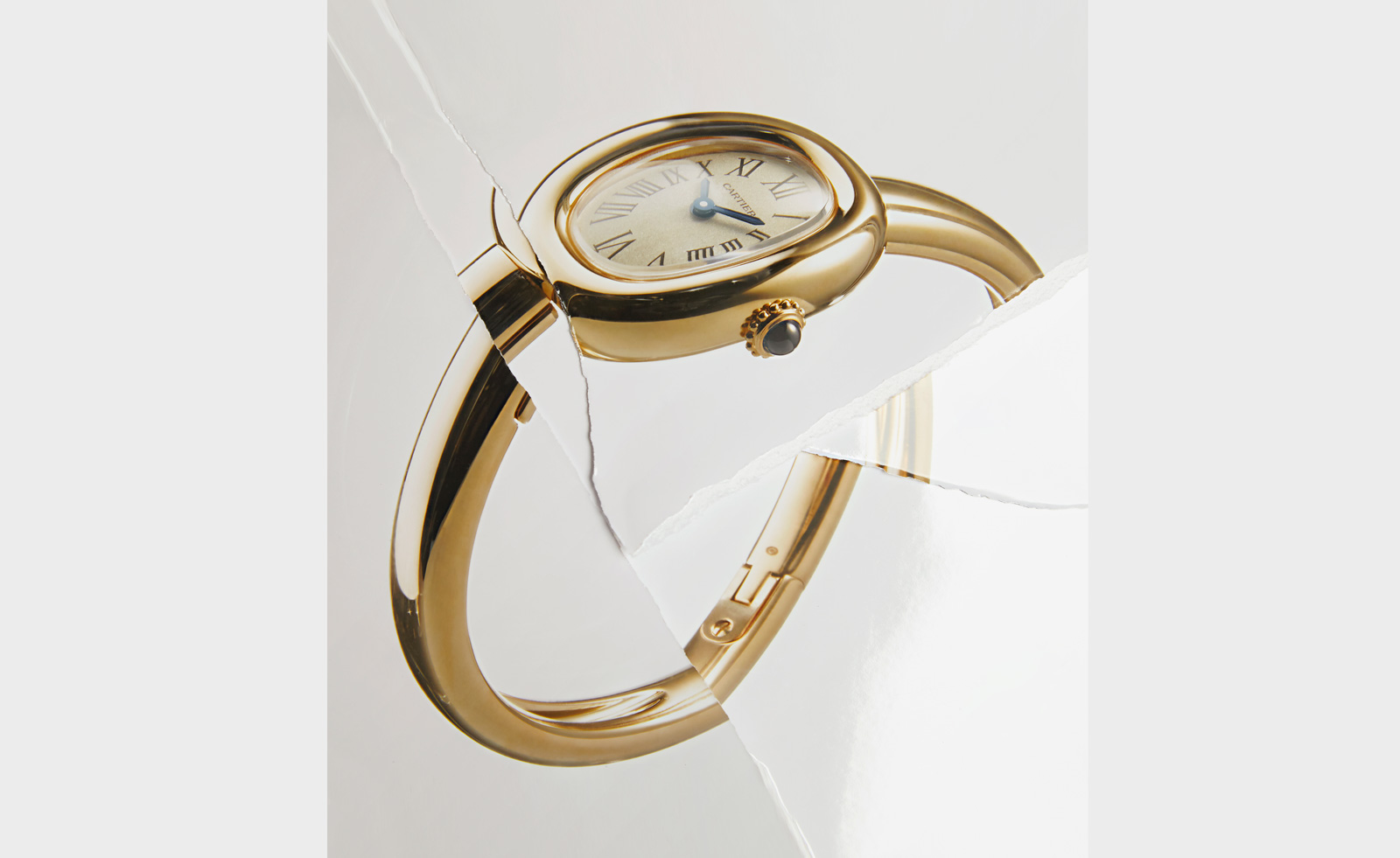
With its minimalist mood and simple silhouette, the reinterpreted Cartier Baignoire is part bangle, part watch, and references key moments in Cartier’s design history. Originally conceived in 1912, the Baignoire is commonly thought to take its name from the French word for bathtub, but it actually refers to VIP seats at the opera. ‘It was where the wealthy people sat,’ explains Pierre Rainero, Cartier’s image, style and heritage director. ‘There were six seats together, with a kind of barrier around them.’
The new Cartier Baignoire watch
Reinvented numerous times since its inception, today’s Cartier Baignoire subscribes to the poetry of reduction in its elegant play with precise geometrical forms. Designed to be worn as close to the wrist as possible, the flat face is a sleek foil for the contours of the bracelet. The design ‘is linked to our culture as a jeweller’, says Rainero. ‘When you’re a jeweller, [you are considering] the right fitting to the body, and beyond that, the way an object that you have on your body accompanies your movements, so it’s not a constraint, but, on the contrary, it adds magnificence to your movement. That is the key. This is the essence of being a jeweller, and in our way of creating watches, we always have it in mind – it’s second nature and obvious for us to stay true to it.’
The new watch stays faithful to the clean, gold form of the original. The emphasis on flawless fit results in an amalgamation of elemental shapes; to keep the case sitting as closely as possible to the wrist, the loop of the bangle was designed as a fluid circle in its own right, cutting a slender silhouette.
‘We had different proposals with different volumes, and that’s the thing – you can only decide when you have the prototype; it’s not something you decide on the basis of a drawing,’ Rainero adds. ‘You have to have a volume in your hand to realise the effect it will have. The curve is slightly different to the one on the case; it couldn’t be exactly the same. You should have the impression that it is flat on the wrist underneath the bracelet. That’s why the curve doesn’t go to the end – it’s a question of proportions.’
A version of this article appears in the Wallpaper* July 2023 issue, available in print, on the Wallpaper* app on Apple iOS, and to subscribers of Apple News +. Subscribe to Wallpaper* today
Receive our daily digest of inspiration, escapism and design stories from around the world direct to your inbox.
Hannah Silver is the Art, Culture, Watches & Jewellery Editor of Wallpaper*. Since joining in 2019, she has overseen offbeat art trends and conducted in-depth profiles, as well as writing and commissioning extensively across the worlds of culture and luxury. She enjoys travelling, visiting artists' studios and viewing exhibitions around the world, and has interviewed artists and designers including Maggi Hambling, William Kentridge, Jonathan Anderson, Chantal Joffe, Lubaina Himid, Tilda Swinton and Mickalene Thomas.
-
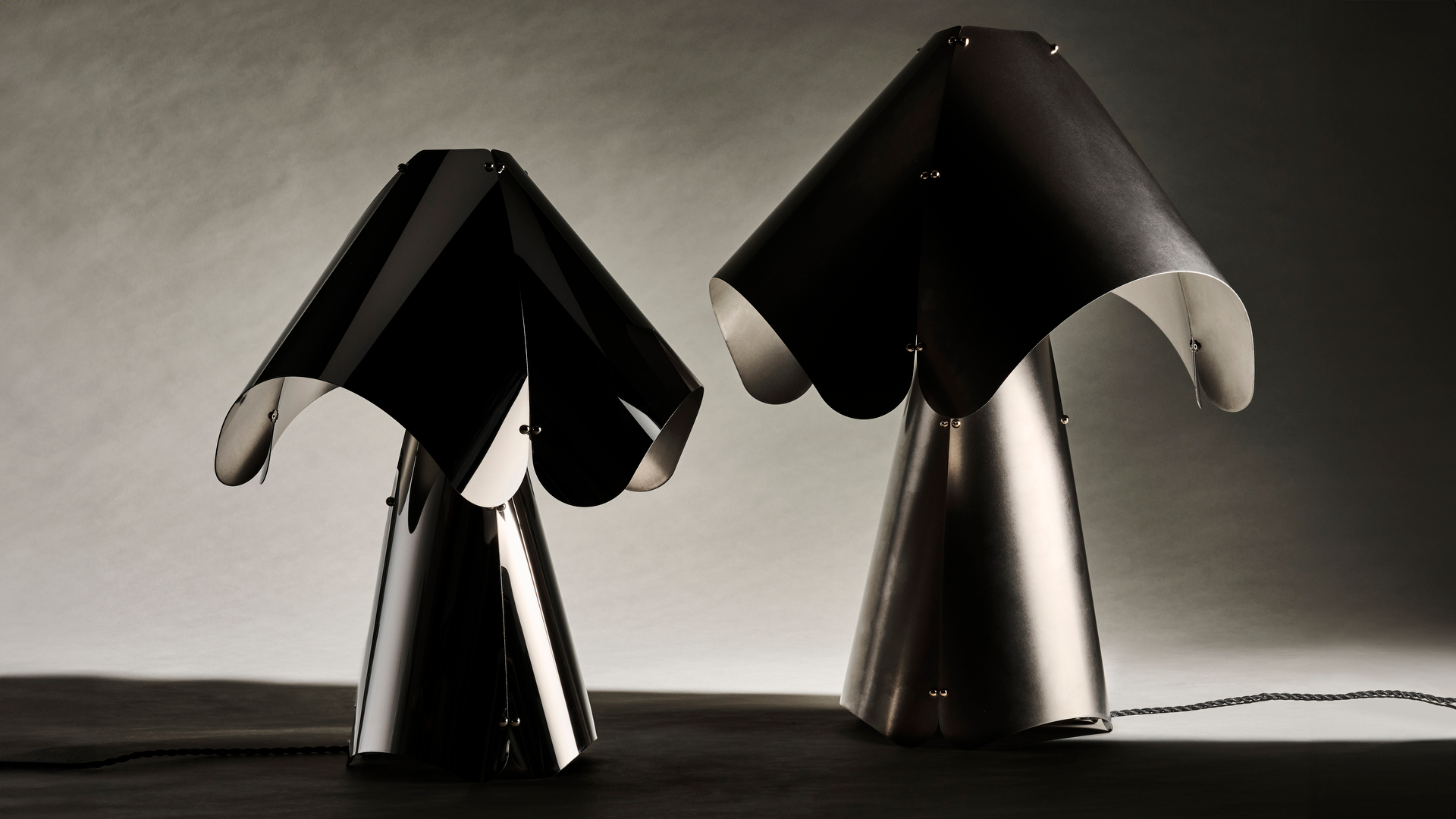 Australian studio Cordon Salon takes an anthropological approach to design
Australian studio Cordon Salon takes an anthropological approach to designWallpaper* Future Icons: hailing from Australia, Cordon Salon is a studio that doesn't fit in a tight definition, working across genres, techniques and materials while exploring the possible futures of craft
-
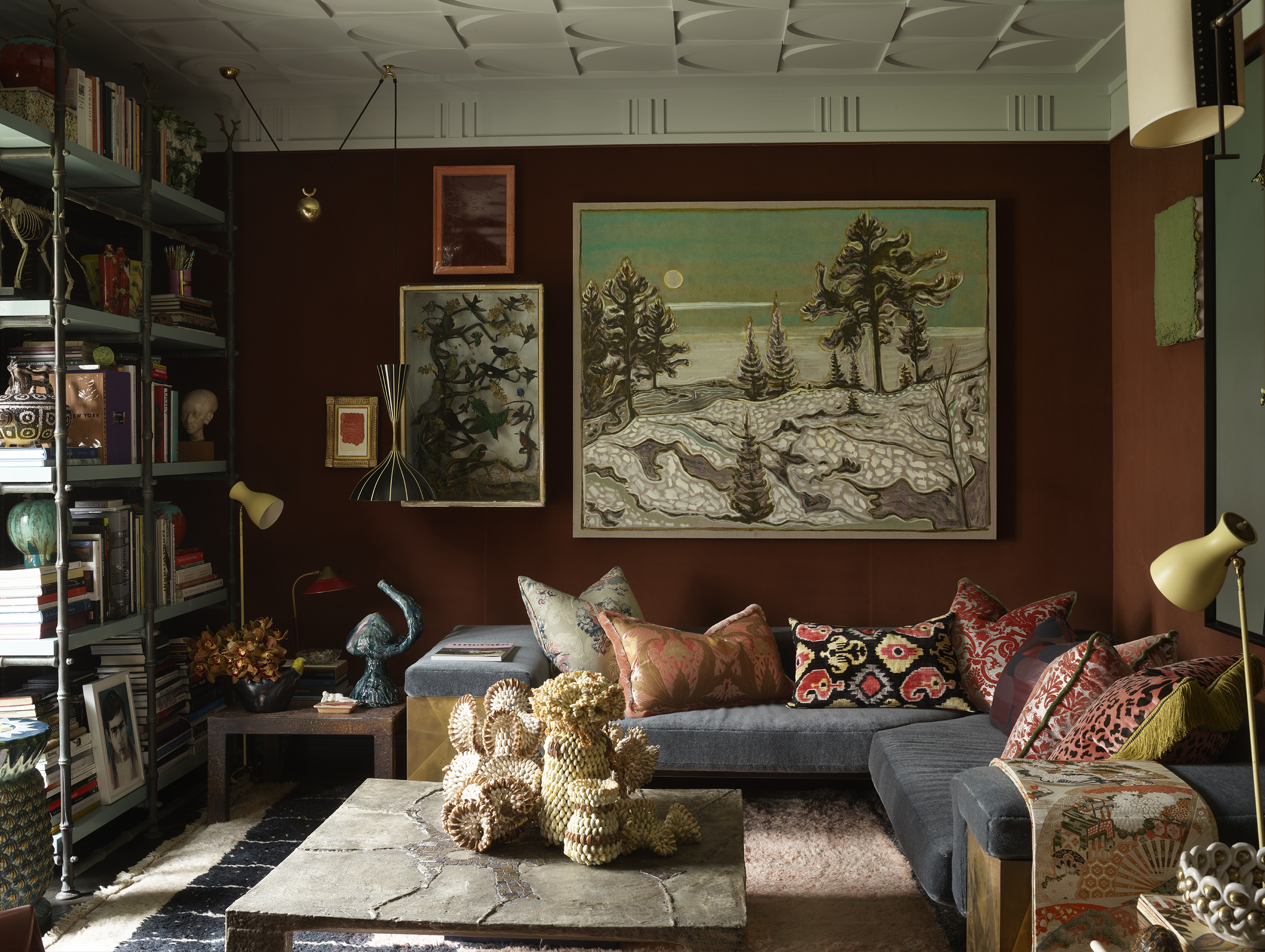 This designer’s Shoreditch apartment is ‘part grotto, part cabinet of curiosities’
This designer’s Shoreditch apartment is ‘part grotto, part cabinet of curiosities’The apartment serves as Hubert Zandberg’s ‘home away from home’, as well as a creative laboratory for his design practice. The result is a layered, eclectic interior infused with his personality
-
 Curvilinear futurism meets subtropical beaches at Not A Hotel’s ZHA-designed Okinawa retreat
Curvilinear futurism meets subtropical beaches at Not A Hotel’s ZHA-designed Okinawa retreatZaha Hadid Architects has revealed the design for the first property in Not A Hotel’s futuristic new Vertex collection, coming soon to southern Japan
-
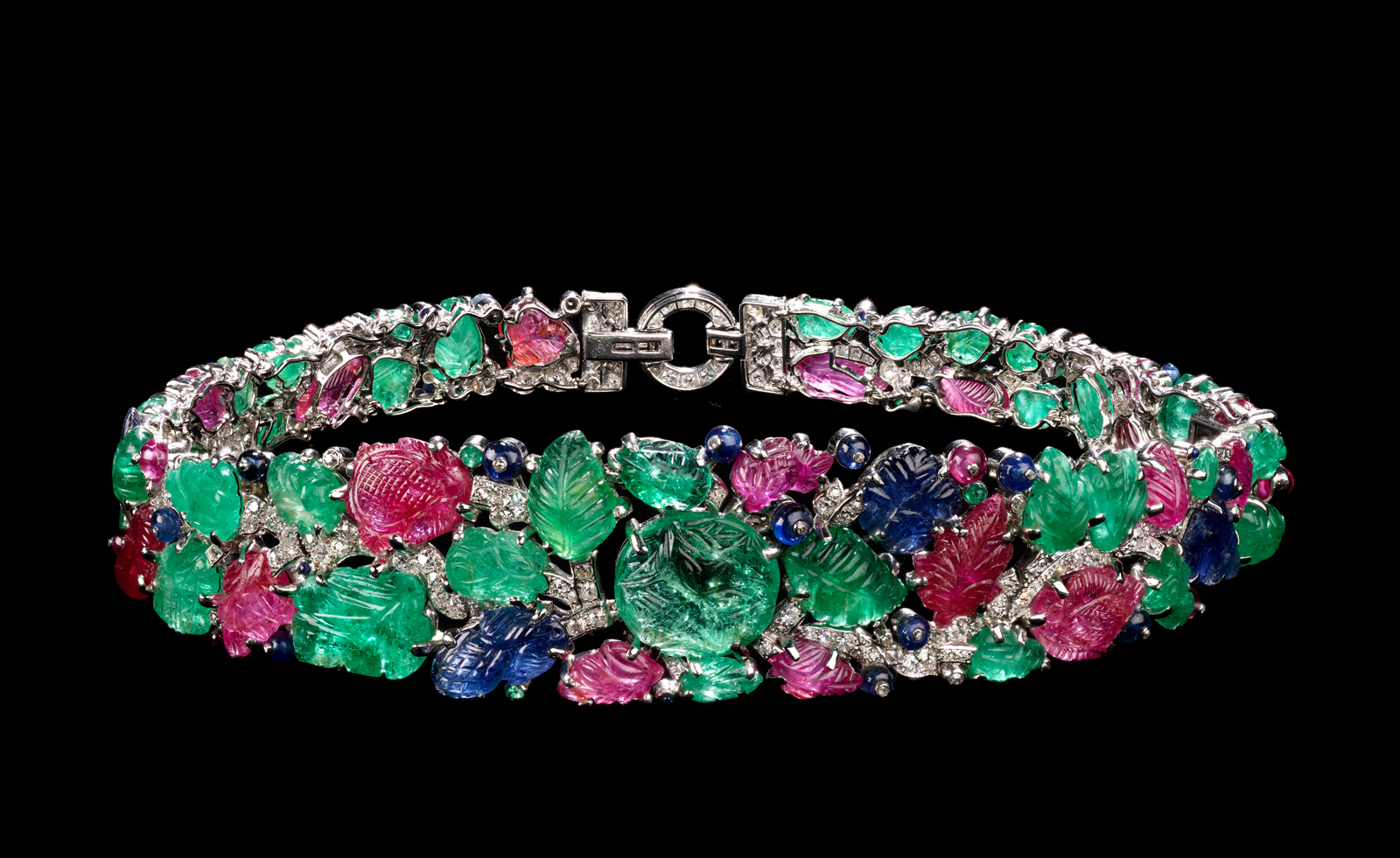 Cartier’s major new exhibition opens at the V&A and it’s a gem
Cartier’s major new exhibition opens at the V&A and it’s a gem‘Cartier’ at the V&A in London takes an epic tour through the house’s history and archives
-
 Are ‘jump hour’ watches the most enjoyable trend to come out of Watches and Wonders?
Are ‘jump hour’ watches the most enjoyable trend to come out of Watches and Wonders?Watches and Wonders 2025 saw new jump hour watches from Bremont, Cartier, Gerald Charles, Hautlence, Svend Andersen and others
-
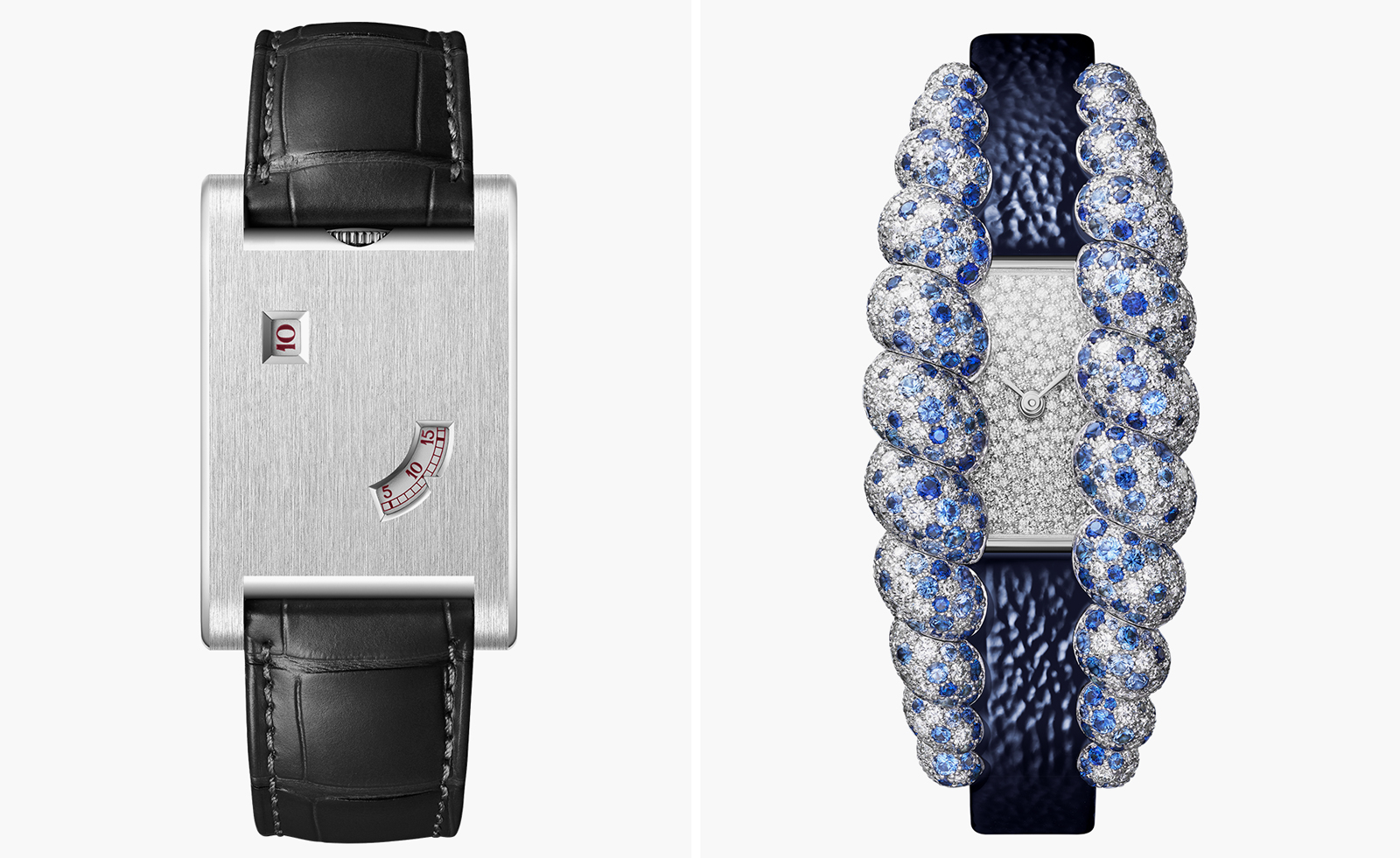 Cartier dials up the glamour at Watches and Wonders 2025
Cartier dials up the glamour at Watches and Wonders 2025Cartier revamps much-loved watch collections, from Privé and Panthère to Tank and Tressage, upping the sparkle at the watch fair in Geneva
-
 Dazzling high jewellery for statement dressers
Dazzling high jewellery for statement dressersIntricate techniques, bold precious stones and designs unite in these exquisite high jewellery pieces
-
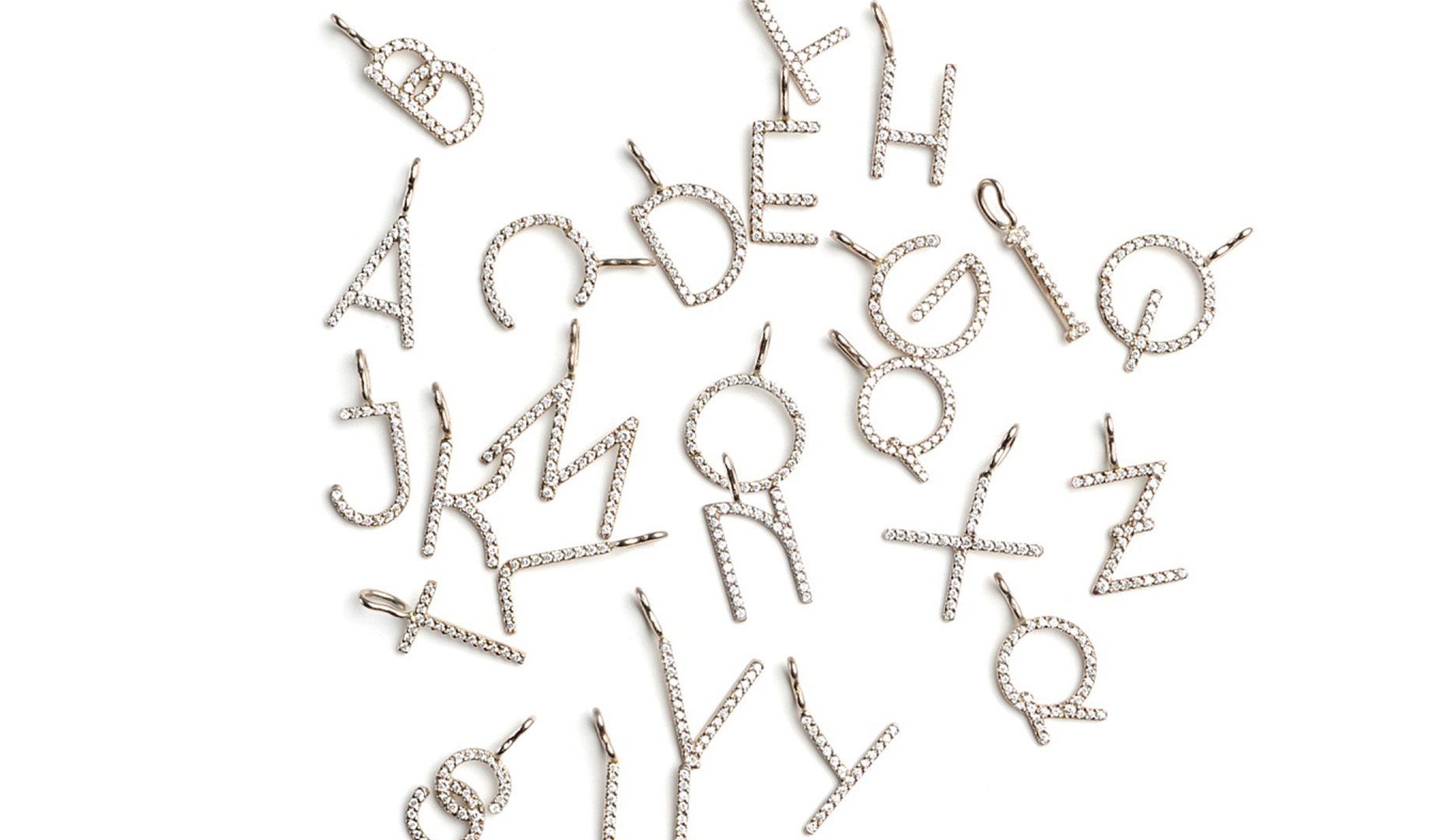 Back-to-school jewels: precious pieces for new terms and fresh starts
Back-to-school jewels: precious pieces for new terms and fresh startsPrepare to be on sparkling form this semester – we've got your jewellery kit sorted, from a diamond alphabet to a rose-gold pencil bracelet
-
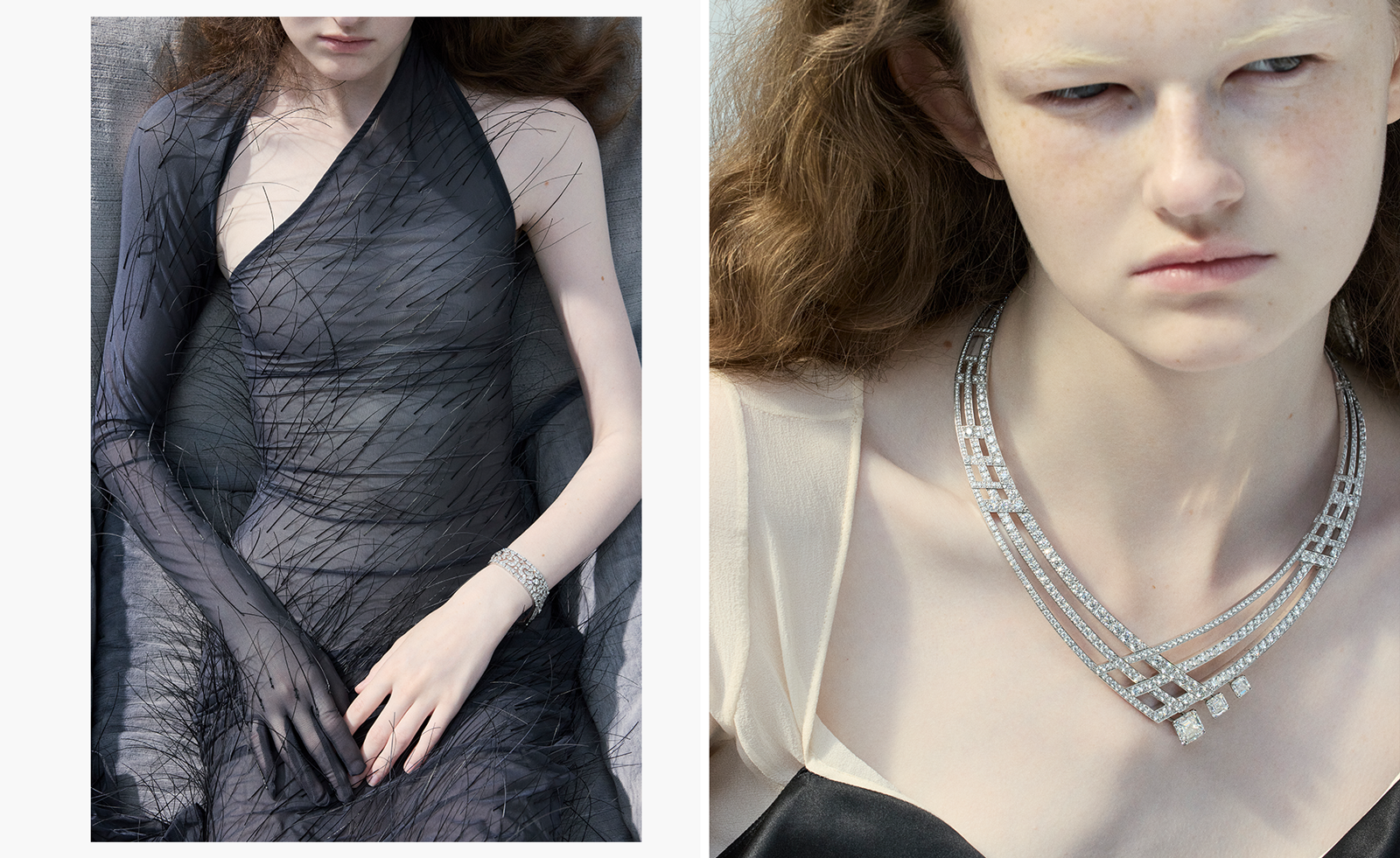 Wild beauties: high jewellery dripping with drama
Wild beauties: high jewellery dripping with dramaThe latest high jewellery collections are fantastic and flamboyant, drawing on a wealth of influences, from a Chopin composition and César Ritz to crocodiles and colour refraction
-
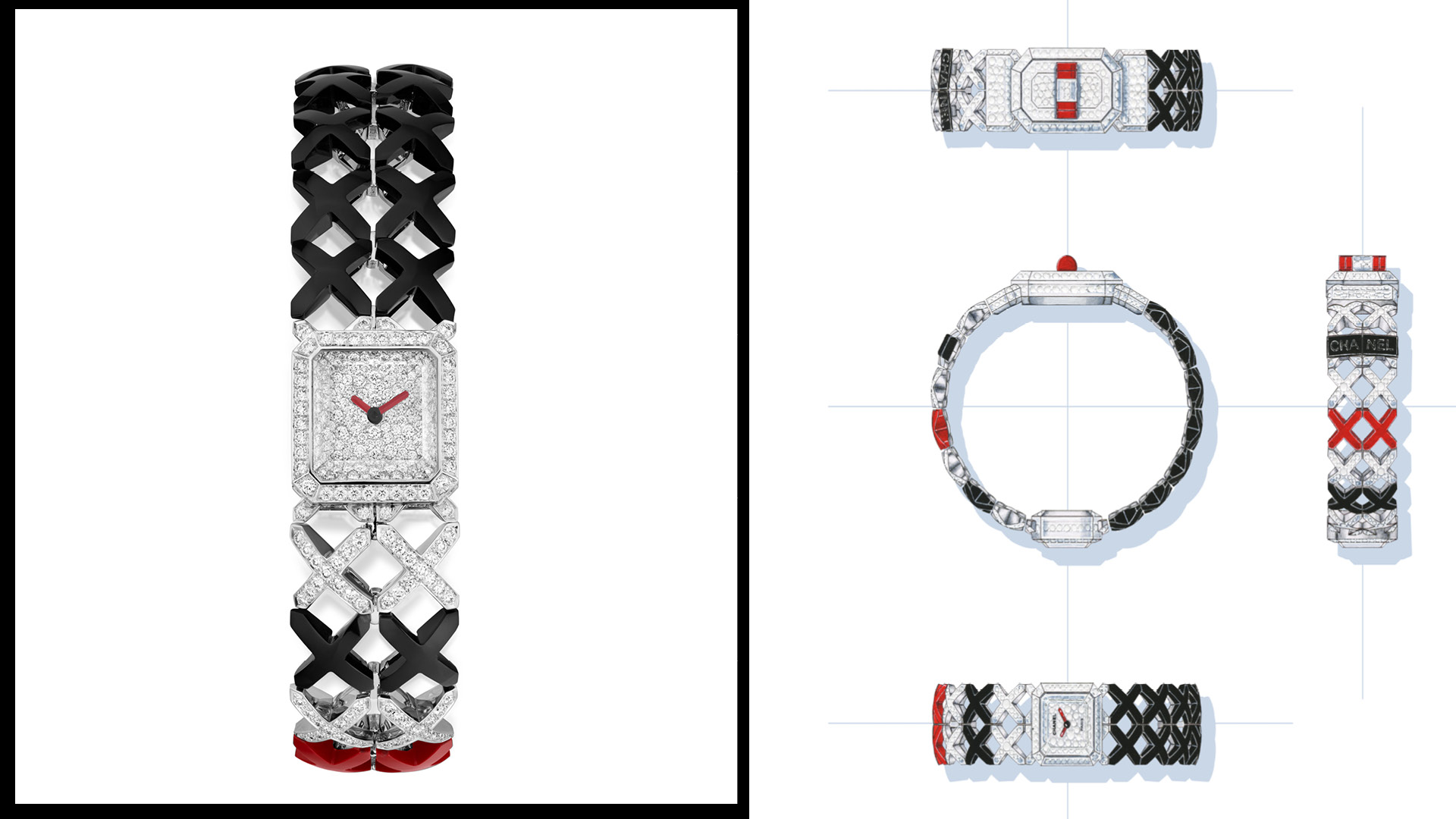 Chaumet, Cartier and Chanel up their high jewellery watch game for 2024
Chaumet, Cartier and Chanel up their high jewellery watch game for 2024In 2024's high jewellery watch designs, performance tech and centuries-old techniques combine to brilliant effect
-
 Cartier celebrates Japan’s artistic legacy in Tokyo
Cartier celebrates Japan’s artistic legacy in Tokyo‘Musubi – Half-Century of Cartier in Japan and Beyond’ is a major new exhibition at Tokyo National Museum, celebrating jewellery, Japanese art and creative exchange